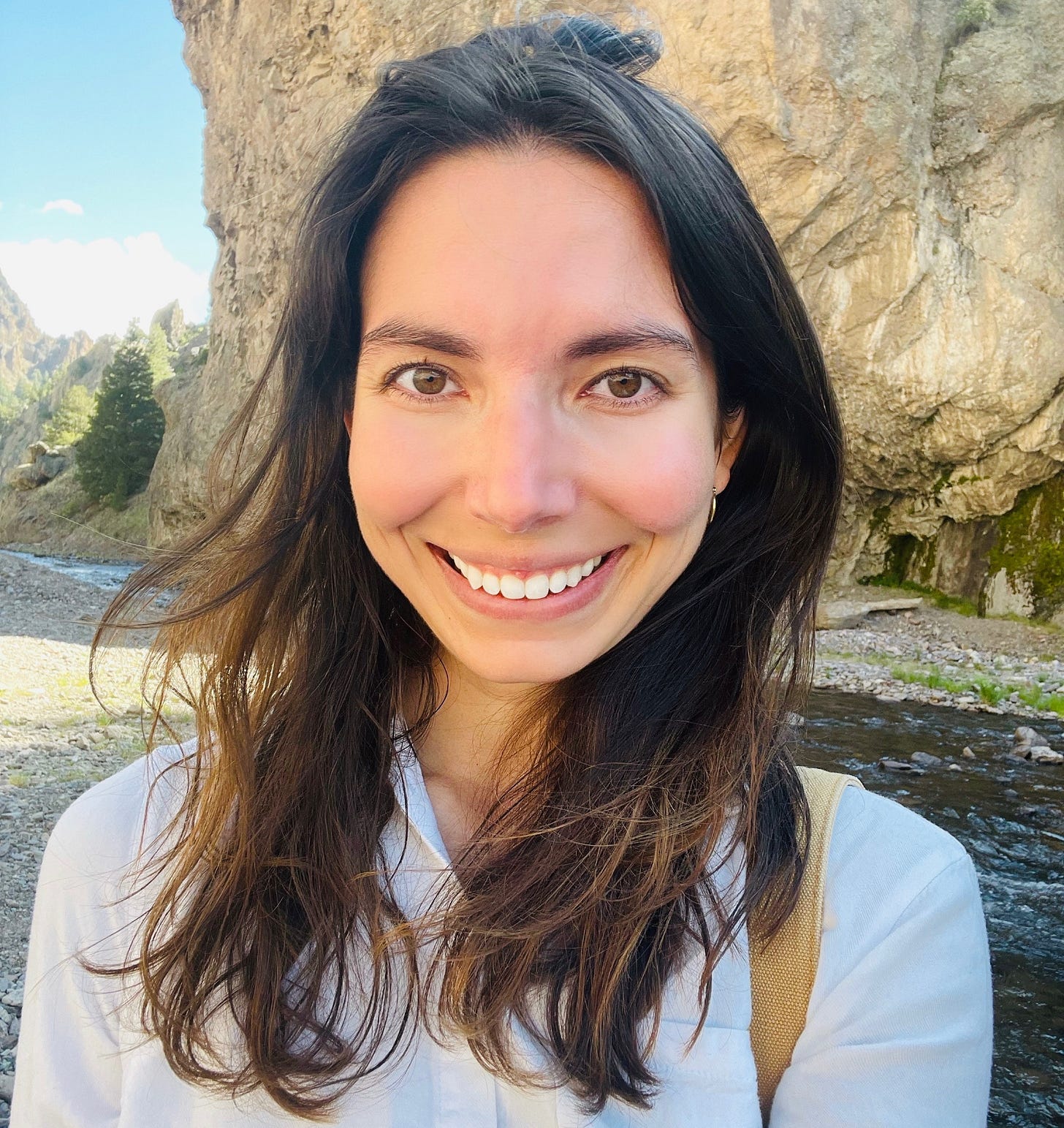Keywords: Colorado, Politics, Congressional Redistricting, 2024 Election
Rural geographies embody various demographic characteristics, economic opportunities, and political perspectives. Throughout my research on public participation in Colorado’s 2021 congressional redistricting, tensions over rural representation were central to nearly every conversation. Every ten years in the U.S., states are required to redraw district lines to equalize population between districts. The results shape electoral possibilities that reach beyond the lines of any one district. In Colorado, the most recent example of this has been Congresswoman Lauren Boebert’s (R) move from her original district in Western Colorado (CD 3) to her new district on the Eastern Plains (CD 4).
The story of CD 4 in the 2024 election offers unique insight into the political diversity of rural Colorado. While voters across the district consistently elected Republican candidates, the margins and events of the CD 4 race reflect a much more nuanced view of rural politics.

Carpetbagging and Dissensus
As Colorado’s most notorious MAGA Republican, Boebert got her start in Colorado’s Third Congressional District (CD 3), composed primarily of the Western Slope, a mountainous region making up nearly half of the state west of the Continental Divide. In 2020, she won by almost 6%. The 2021 redistricting expanded the district’s footprint further into southern Colorado’s predominantly Hispanic and lower-income communities east of the Divide that had historically been grouped with the Eastern Plains. CD 3 was not expected to become more competitive, but ultimately, Boebert scraped a narrow win by a mere 546 votes (0.16%) in the 2022 midterms.
After her narrow victory and what she has called a “pretty difficult year,” Boebert announced she would be switching districts to run in CD 4. Despite high unfavorability, a poor debate performance, and low polling in a five-candidate primary, she raised and spent more than all of her primary opponents combined. Boebert eventually won the Republican nomination by a 30-point margin and became the new representative for CD 4 in the 2024 general election.
However, Boebert is only part of the story of CD 4 politics in 2024. Five-term CD 4 Representative Ken Buck resigned from his seat earlier this year over the Republican Party’s handling of (now again) President Donald Trump. Even though Boebert won by 10%, she lost more ground to Democratic challenger Trisha Calvarese than any other Republican since 2010. She also lost more votes (around 4%) to third-party candidates than she had in previous elections and had Ken Buck since 2016. Calvarese’s efforts to speak to veterans’ rights and rural health care throughout her campaign may not have won her the election. Still, despite overwhelming dissatisfaction with the Democratic party, her messaging (and Boebert’s unpopularity) opened new opportunities for Democrats in CD 4.
Of the Republican and unaffiliated voters that I spoke to for my research, many of them expressed disdain for Boebert. While some CD 3 residents praised her advocacy for rural communities, most participants said they would rather not vote for her. CD 4 residents, in particular, said they were glad they didn’t have to. Nonetheless, when she became the Republican candidate for the 2024 general election, they ultimately cast their ballots in her favour.
Rather than overwhelming support for Boebert, many rural communities hold conflicting viewpoints over whether she effectively represents them. Many people feel that because Boebert is from rural Colorado, she understands their plights and values. Others see that Boebert’s experience living in Rifle, a touristy mountain town with a population of more than 10,000, differs from their own in counties on the plains with half as many people. Her new home of Windsor, an exurb in the fastest growing part of the state, has little in common with agricultural communities closer to the Kansas border. Still, others believe that the complexity of rural politics transcends urban-rural divides. They argue that more competitive districts and alternatives to territorial representation might create opportunities for strategic coalitions and better candidates.
Toward Equitable Rural Representation
Single-member, winner-take-all congressional districts produce a façade of unanimity and stark division. Their ubiquitous display through choropleth maps, shaded by a high contrast blue or red, enhances polarisation images. Such an understanding of districts requires political parties and candidates to speak to a majority of voters, leaving significant blocs of minority and unaffiliated voters with the impossibility of electing a candidate who speaks to their experiences and perspectives. This gap in representation is a direct consequence of how districts are drawn and the influence of campaign finance and broader, multiscalar political dynamics. Possibilities for overcoming the polarisation implied by homogenised rural politics require addressing these interconnected issues together through a combination of targeted reforms that aim to make elections more inclusive, representative, and responsive to the diverse needs and perspectives of all voters, regardless of geography or party affiliation.
— Gabriella Subia
Author’s Bio

Connect with us at:
Thanks for reading Just Rural Futures! Subscribe for free to receive new posts and support my work.






